

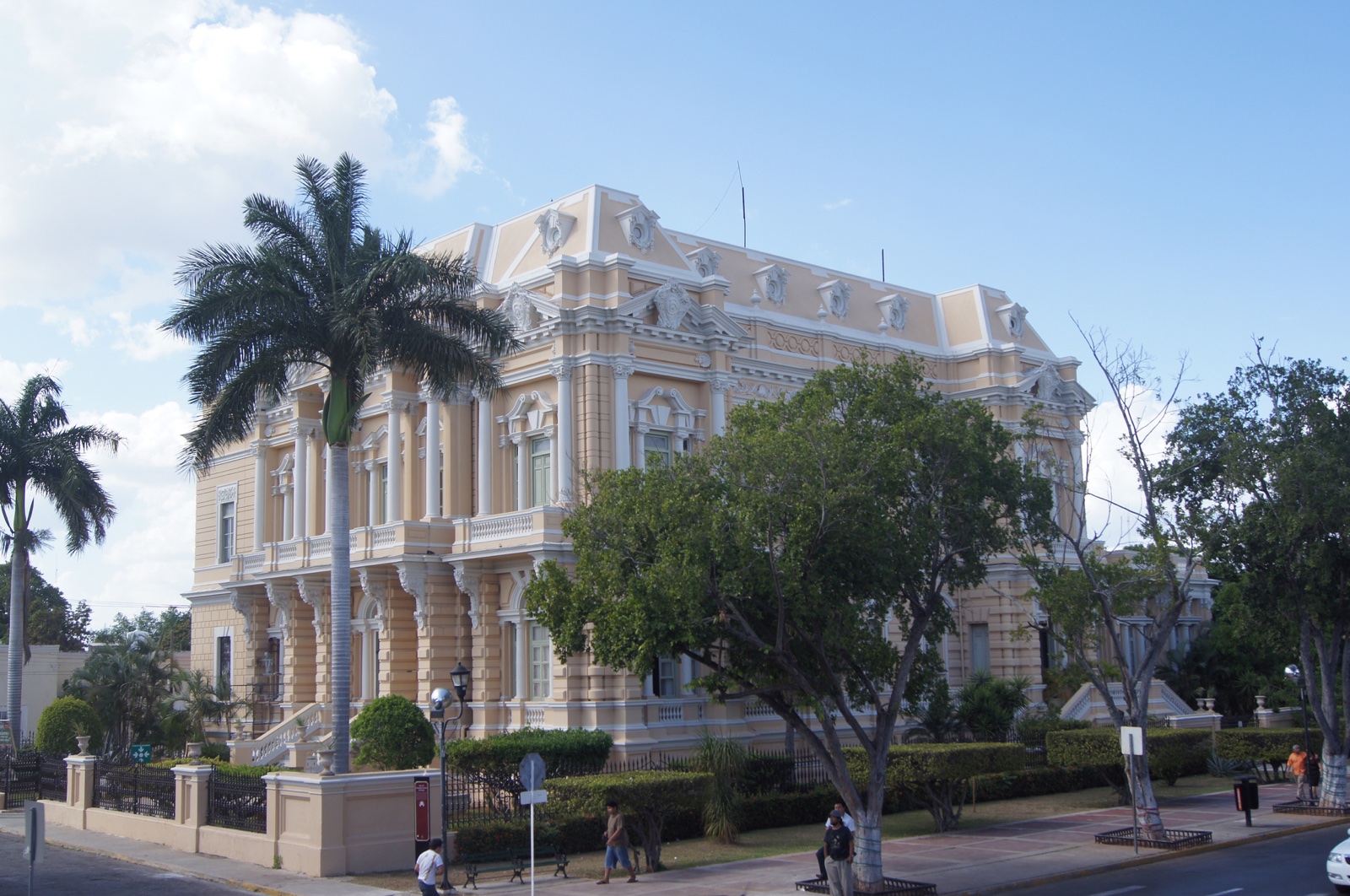
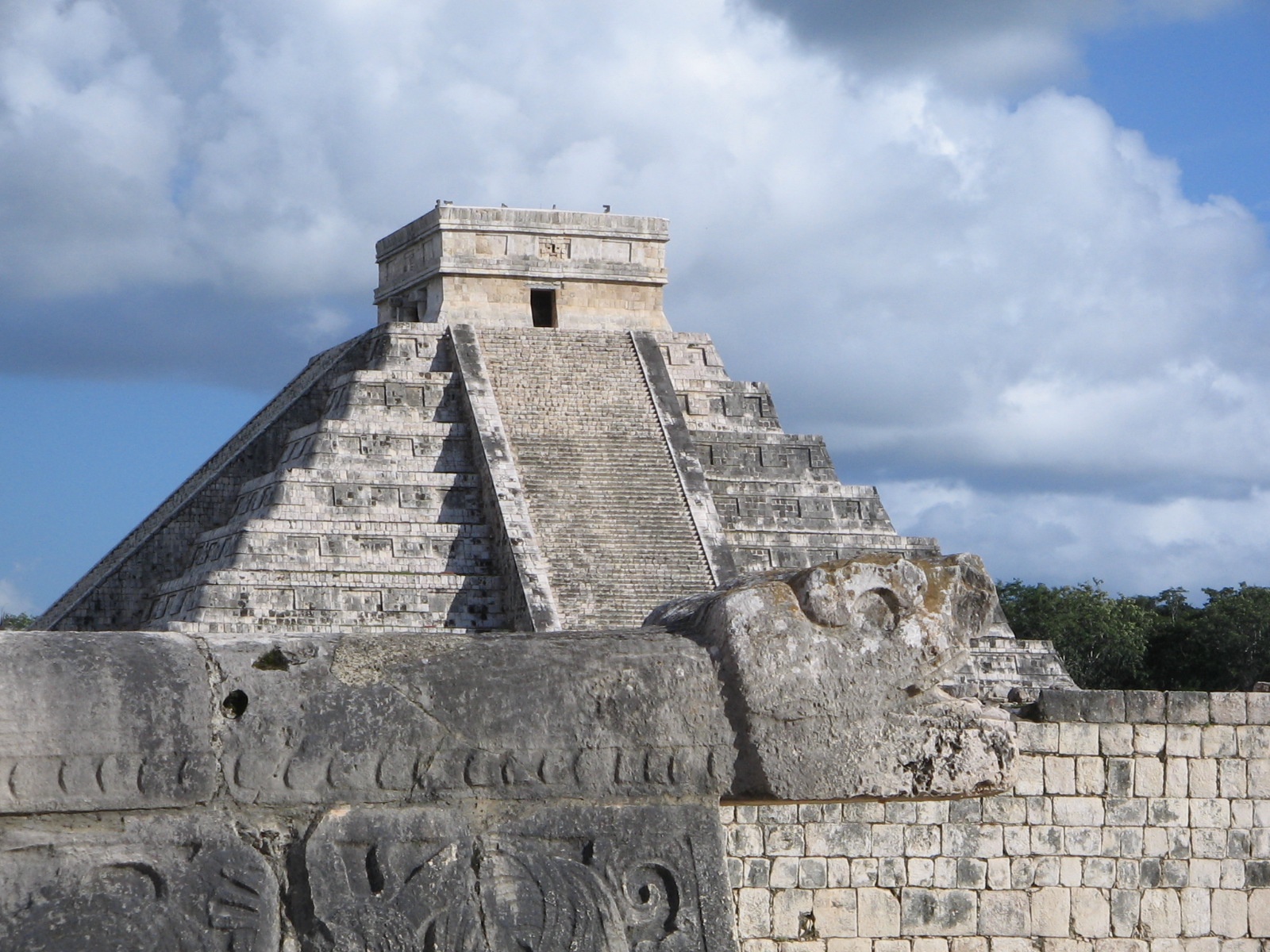
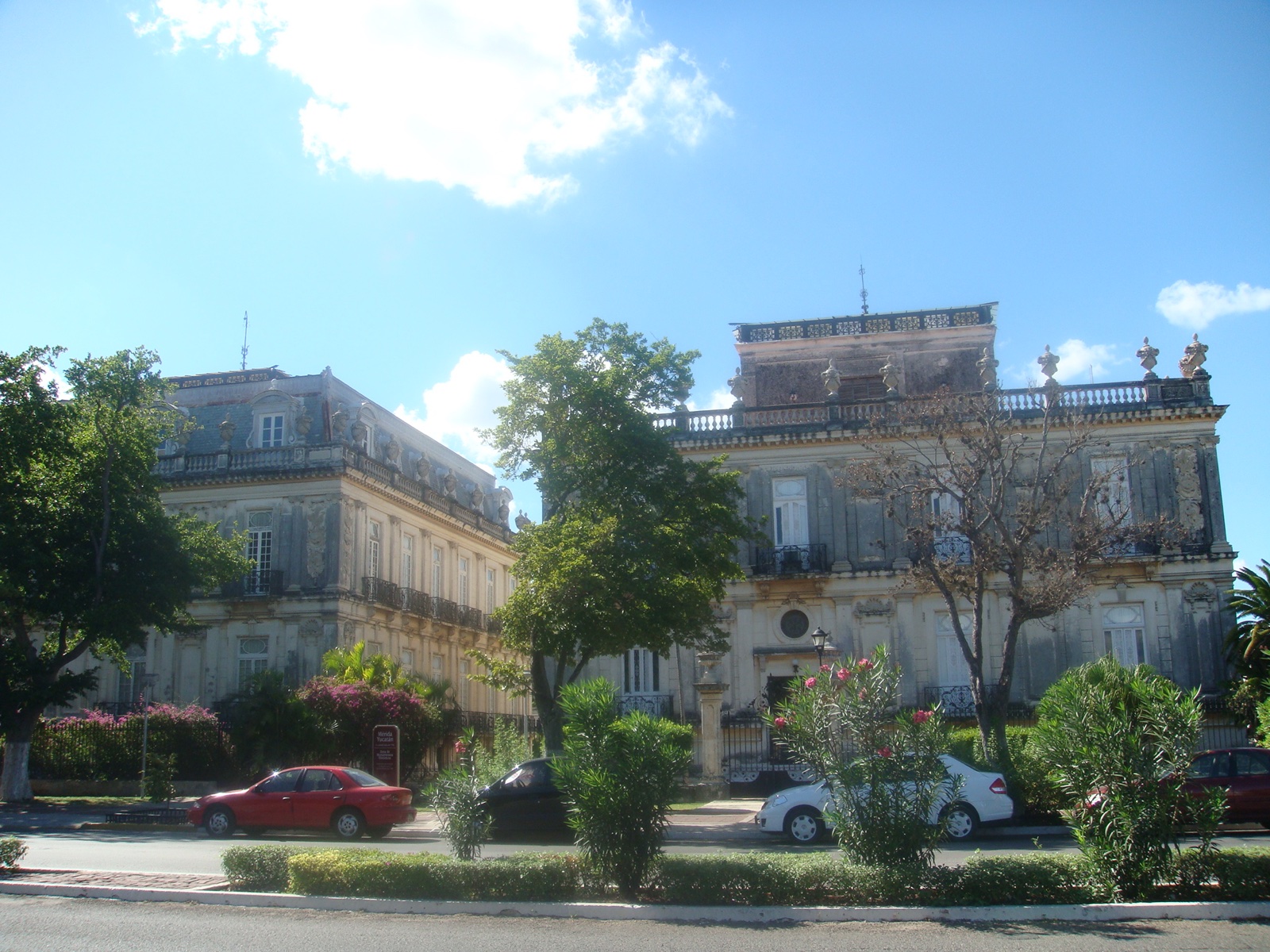


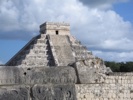
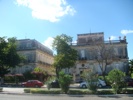
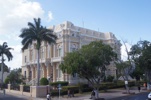

San Juan Chamula, Mexico rocks! Literally! In November of last year I was in the ethnic minority village of San Juan Chamula, located in the southern state of Chiapas, Mexico, and something happened that I have never witnessed before - an earthquake! As a native Californian I have experienced earthquakes, but they usually happen in the early morning when I am sleeping in bed just in time to wake me up. I was standing outside when I felt the ground rumble. I looked behind me and a very old building started to sway. The locals started to run out of buildings and headed toward the town square. I was so fascinated with the building swaying back and forth that some local grabbed me and lead me to the town square. I found out later that the earthquake registered over 6.0 on the Richter Scale and 7.4 in Guatemala where it was centered. After recovering from the shock of the earthquake I headed to the San Juan Chamula church where they drink Coca-Cola, burp and sacrifice live chickens. More on that later. I do not have any photos inside the church since photography is not allowed at all. This part of Mexico has a highest population of indigenous people (many are direct Mayan descent) who are very close-knit and suspicious of outsiders. They are very sensitive to having their photo taken and as common courtesy you must ask permission from them otherwise you risk physical danger. You have been warned! Looking at the building exterior, combined with the fact that Mexico is second largest Catholic country (behind Brazil) in the world, you would think this is a Catholic church. Yes and no. The Spanish brought the Catholic church to Mexico with the expedition of Hernan Cortes in 1519. The small town of San Juan Chamula fought hard against the Spanish conquest but eventually succumbed to the church in 1524. Today the church has not perform the Catholic mass since 1968 and is not recognized by the Vatican in Rome. What is practiced in the church today is a syncretism of Roman Catholicism and animism (life is spirit and all of nature is holy). A step inside the church is a leap into the bizarre. There are no pews inside, instead the ground of the church is strewn with fresh pine needles giving an aroma of walking through a forest. Visually the church interior is ablaze with hundreds of flickering candles. On the walls you can still see the hints of the Catholic church with statues of saints like St. John the Baptist that are still highly revered. Curanderos (medicine men) perform strange ceremonies by rubbing freshly killed chicken bodies on worshippers to cleanse them of their infirmities. I can say this was one of the most unique travel experiences I have ever witnessed when I saw a curandero break the neck of a chicken (no blood sacrifice I assume to keep the church clean) and then continued to rub it all over a worshipper’s body. My natural instinct was to take a photo, but I was well aware of the customs and for once I was satisfied I experienced this with my own eyes and not from behind my camera lens. If that was not enough to overwhelm your senses, worshippers drink Coca-Cola or pox (pronounced “posh” and made from distilled sugarcane). This is done to induce burping which is believed to expel evil spirits. From surviving an earthquake, listening to Coca-Cola burping and watching a cleansing ceremony with freshly killed chickens, it was just another crazy travel day of this intrepid travel photographer. Happy Travels! Text and photo copyright by ©Sam Antonio Photography Facebook | Google + | Twitter | Pinterest | Photography Blog | Travel Photography Gallery